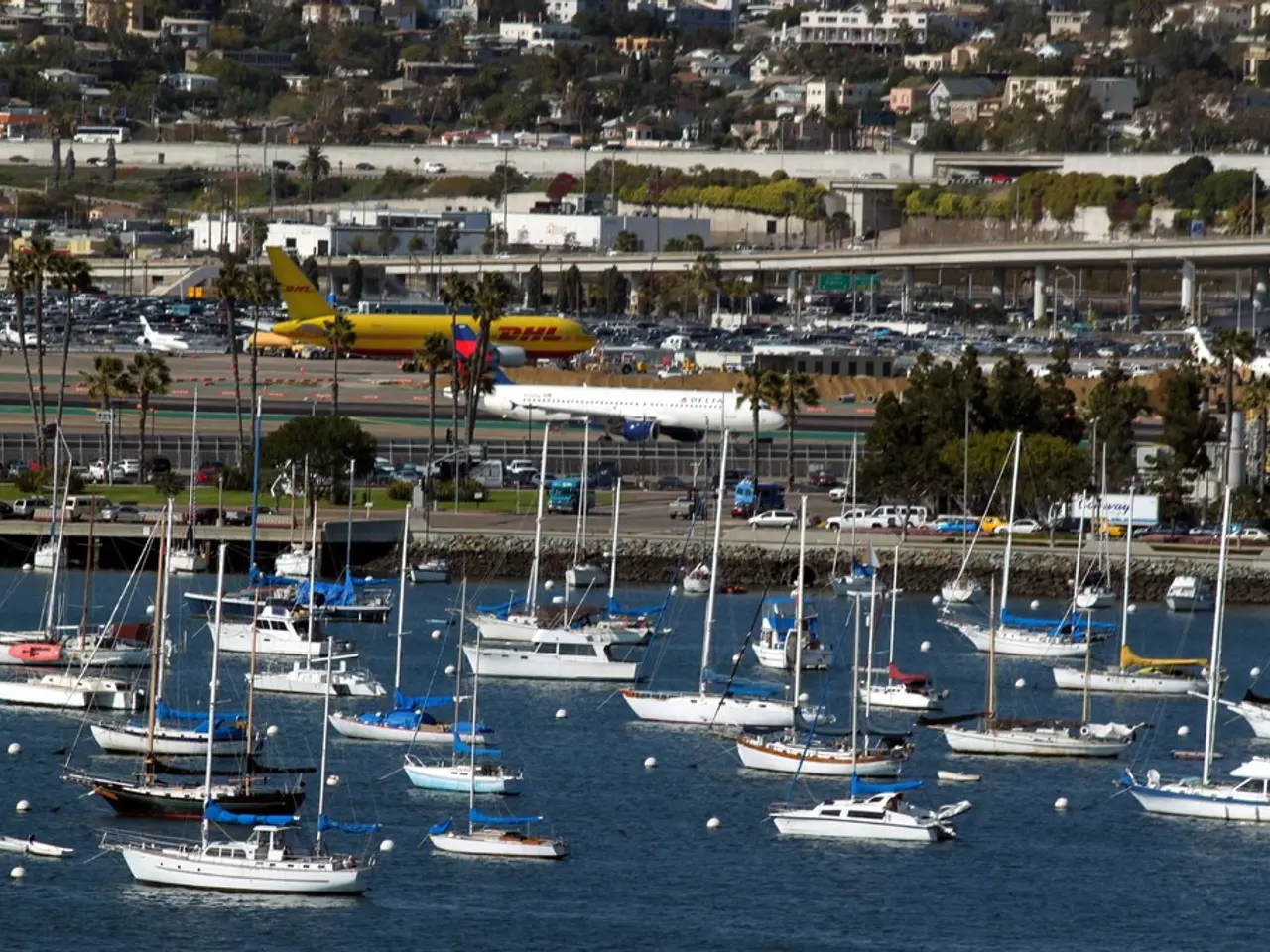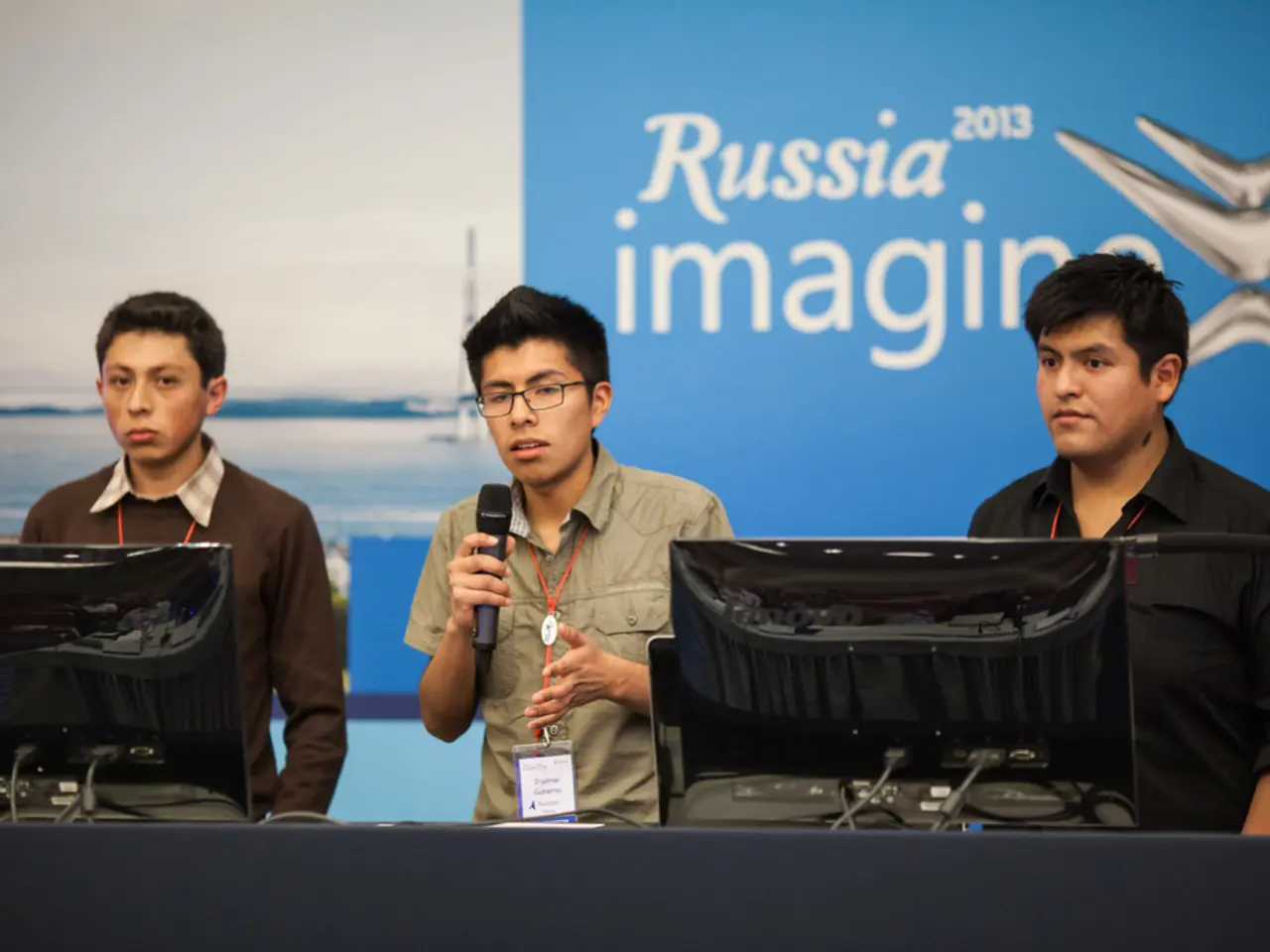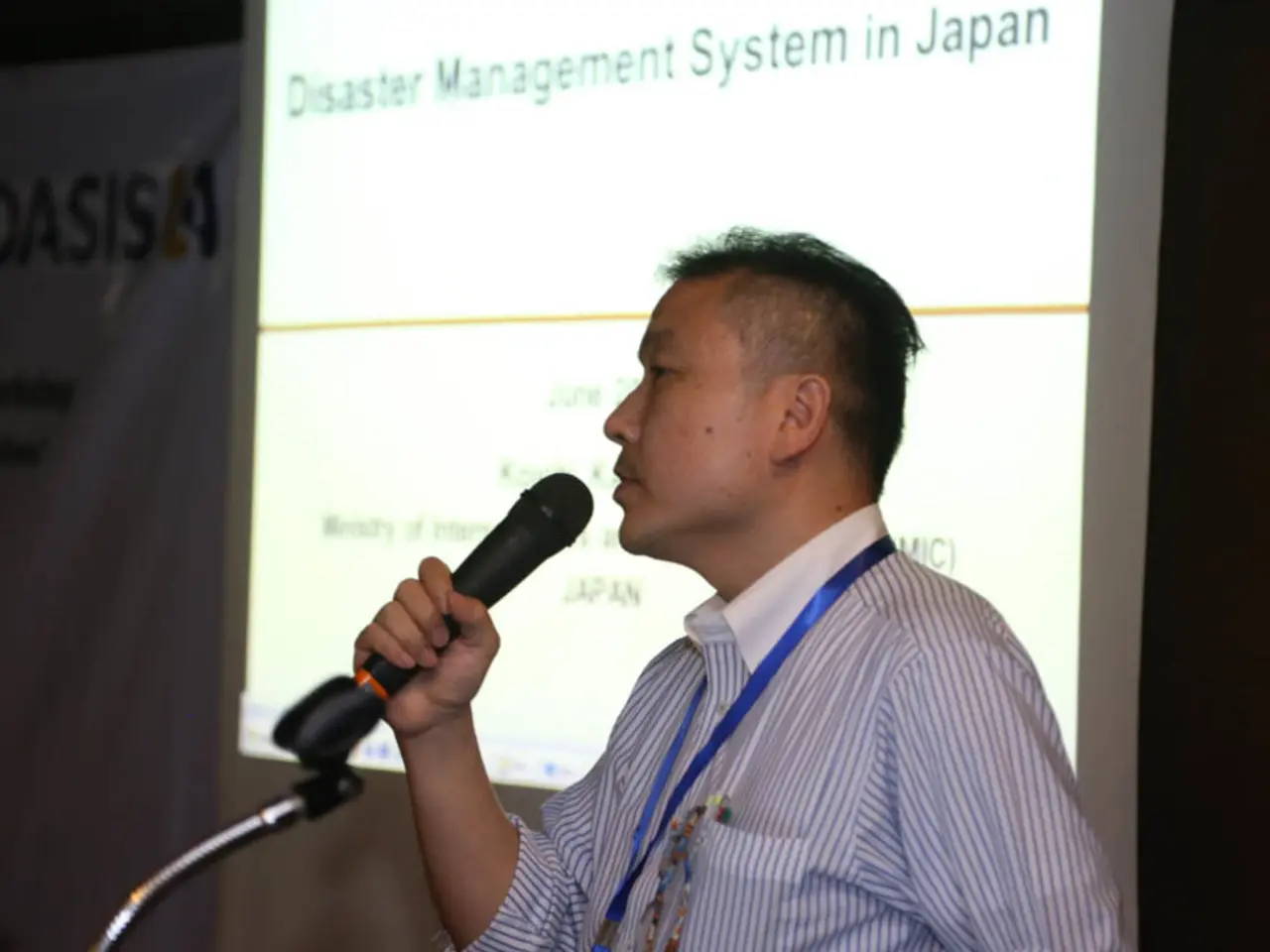Japanese naval vessels make their long-awaited return to Wellington after a 90-year absence
In a significant development, Japan's defense forces have intensified their cooperation with Australia, New Zealand, and several Pacific Island countries, all aiming to uphold a free and open Indo-Pacific region.
The current collaborative defense work involves an increase in multilateral military exercises, strategic partnerships, and security assistance. These efforts are primarily focused on countering China's expanding influence and strengthening regional stability.
Key developments include the participation of Australia, Japan, Papua New Guinea, New Zealand, and the U.S. in large joint exercises like Southern Jackaroo and Talisman Sabre 2025. These exercises are designed to improve interoperability, combat readiness, and deterrence among Indo-Pacific allies and partners.
New Zealand is shifting towards a harder security posture, doubling its defense spending to 2% of GDP with a focus on China as the primary security concern. The country is also engaging in deeper military partnerships with the U.S. and has shown interest in joining the AUKUS Pillar 2 arrangement.
Australia provides extensive security assistance through its Defence Cooperation Program, while Japan supports maritime security by providing patrol and rescue boats to countries like Fiji. Pacific Island countries, though non-aligned, engage pragmatically with multiple partners, including China and Western allies, to secure their interests. Fiji seeks to solidify its role as a regional security hub and may elevate its partnership with Australia to a treaty level.
The U.S., Australia, and Japan collaborate on critical infrastructure projects such as the East Micronesia Cable. They emphasise the need to strengthen infrastructure in ports, airfields, and roads to counter China's influence. U.S. Congressional support remains strong for sustaining engagements and programs in the Pacific, including expanding diplomatic presence and Coast Guard activities.
However, it's worth noting that while Australia and New Zealand share broad security goals in the Pacific, their approaches diverge. Australia takes a more robust stance on countering China’s influence by providing substantial security packages to island nations, whereas New Zealand balances security concerns with maintaining diplomatic autonomy and faces tensions with some Pacific states over China’s growing engagement.
In a notable achievement, Japan's proposal for building Australian warships won the bid, marking the biggest defense industry agreement between the two countries. Makoto Osawa, Japan's envoy to Wellington, made the statements to reporters on Friday.
This cooperative defense work is a testament to the shared vision of Japan, Australia, New Zealand, and Pacific Island countries for a secure and prosperous Indo-Pacific region. As strategic competition in the region continues to evolve, these collaborative efforts are expected to play a crucial role in maintaining a free and open Indo-Pacific.
In light of the expanding strategic competition in the Indo-Pacific region, Japan's collaboration with Australia, New Zealand, and Pacific Island countries in military exercises, strategic partnerships, and security assistance is focused on countering war-and-conflicts and maintaining political stability. Sports-related activities are not predominantly featured in these collaborative endeavors, as they are predominantly focused on enhancing general-news topics such as regional security and countering China's influence.








